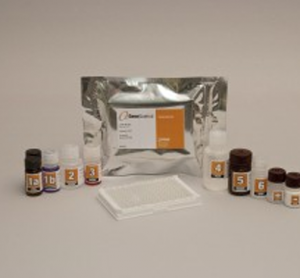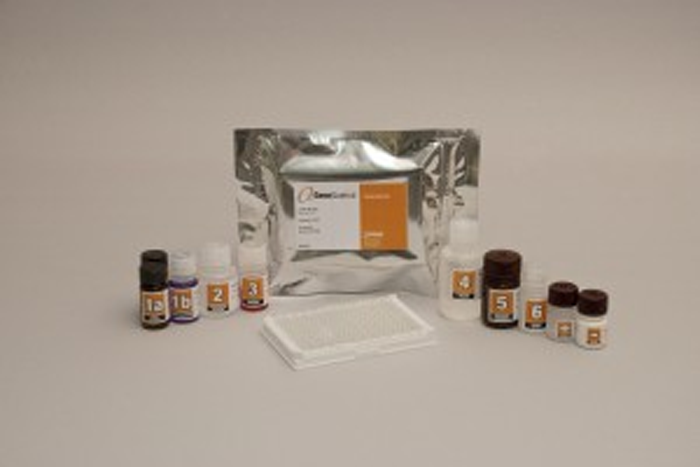Hygienic design of novel processing equipment
4 November 2010 | By Edyta Margas & John Holah, Campden BRI and Alexander Milanov & Lilia Ahrné, SIK
The hygienic design of food processing equipment is a critical factor in determining the quality and safety of foods produced. It involves the selection of suitable materials of construction, their fabrication into a functional piece of equipment, the ability of constructed equipment to produce food hygienically and the maintenance of…






